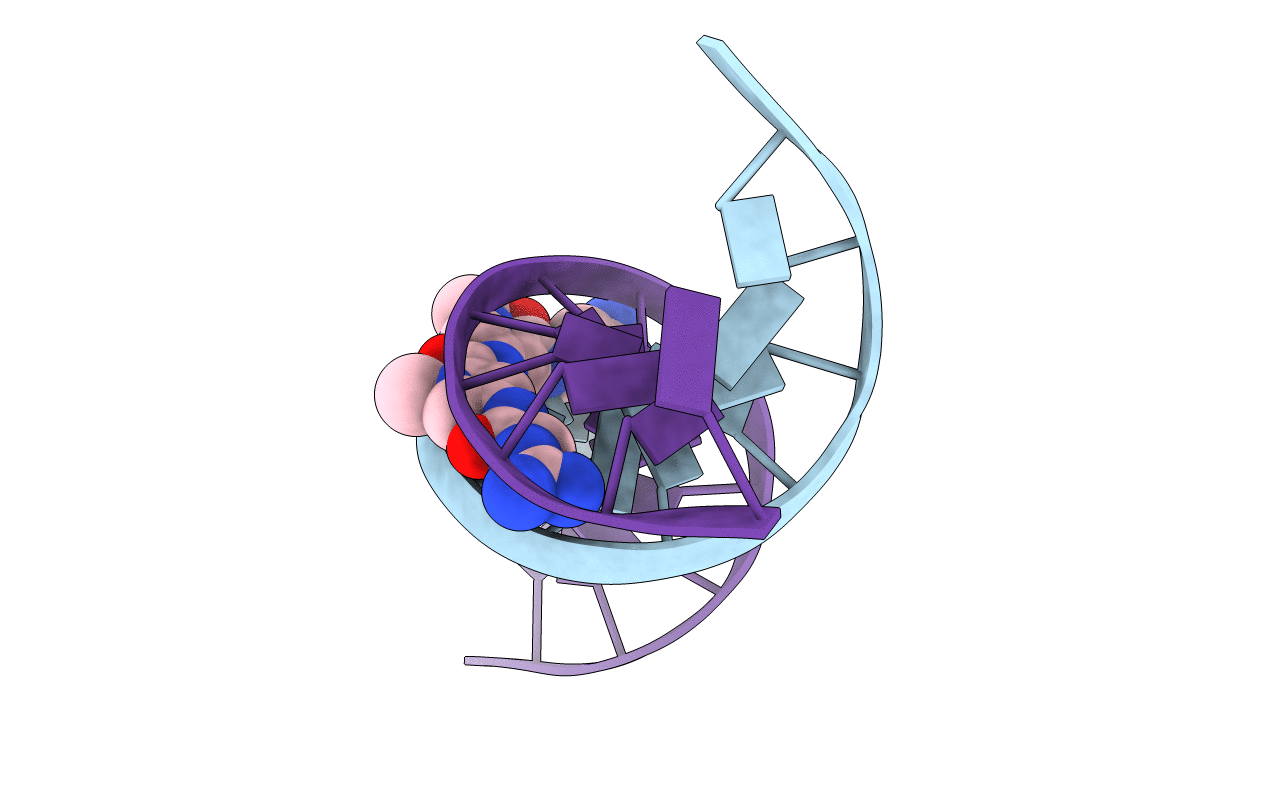
Deposition Date
1984-08-30
Release Date
1984-10-29
Last Version Date
2024-03-13
Entry Detail
PDB ID:
6BNA
Keywords:
Title:
BINDING OF AN ANTITUMOR DRUG TO DNA. NETROPSIN AND C-G-C-G-A-A-T-T-BRC-G-C-G
Biological Source:
Source Organism:
Method Details:
Experimental Method:
Resolution:
2.21 Å
R-Value Observed:
0.21
Space Group:
P 21 21 21


